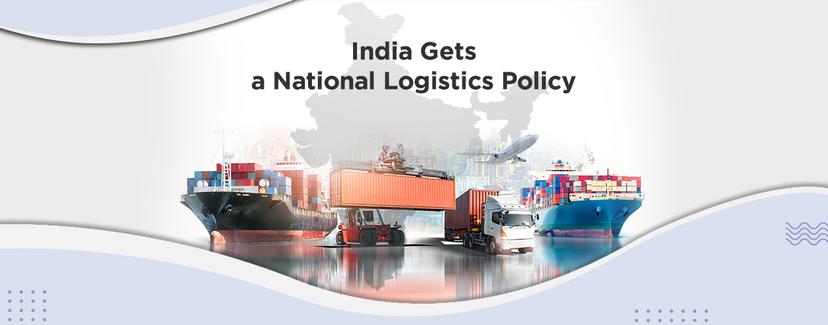Getting Incoterms wrong can potentially lead to huge losses. They will soon have an updated version too. But don't worry, we did the work for you.
If you are a part of the shipping industry, you would know incoterms can be challenging to figure out. Don't worry; we got you covered.
What are incoterms? They define the terms of shipping for the cross border trade. They lay out who (the buyer or seller) holds the responsibility in terms of handling transporting and delivery of goods. For either a buyer or a seller, choosing the incorrect Incoterm may affect your cost and freight.

Incoterms or International Commerce Terms, are set by the International Chamber of Commerce (ICC) and revised every 10 Years. The last edition of these rules came out in 2010, and the next one will take effect in January 2020.
The incoterms chart (or the list of incoterms) released by the ICC in 2010 consisted of 11 incoterms. While six of them are related to freight shipping, the other five are about transportation modalities. Let's take a look.
- Ex Works (EXW Incoterms): If working under this term, the seller is only responsible for making goods available at his warehouse or factory. The buyer has the responsibility of getting the shipment from sellers warehouse or factory to the desired location. This Incoterm applies to sea, air and road transportation.
- Cost, Insurance and Freight (CIF Incoterms): The seller is responsible for paying the costs and freight shipping which is necessary to deliver the entire cargo at the destination port. The CIF incoterm also includes the insurance cost, which involves the risk of loss or damage to goods. This particular Incoterm is only applicable to ocean freight.
- Cost and Freight (CFR Incoterm): In this term, the seller is considered to deliver the goods after loading them onto the vessel. The seller must pay costs & freight necessary to bring the goods to the desired port of destination of the buyer. The buyer handles the risk of loss and damage of products and the extra charges that might come in delivery.
- Free on Board (FOB Incoterm): The goods are to be delivered by the seller when the goods are cleared for exports and loaded on the ship. The buyer pays the cost of freight till destination and risk of goods in the vessel.
- Free Carrier (FCA Incoterm): In this case, the seller is responsible for delivering the goods, which are cleared to export to a particular carrier which is nominated by the buyer. Seller is responsible for payment of carriage till the named place by the buyer.
- Delivered at Place (DAP Incoterm): In this Incoterm, the seller pays for carriage to a stipulated location by the buyer, except the costs which are related to import clearance. The seller assumes all risk to the point that the goods are ready to be unloaded by the buyer.

The new list of Incoterm will take effect from 1st of January 2020. Here is a list of what you need to look out for -
- Free Carrier (FCA incoterm) might be split into two incoterms one for terrestrial delivery other for maritime transportation
- Delivery Duty Paid (DDP Incoterm) might get divided into two parts. As the customer duty needs to be paid by the exporter, irrespective of the place where he delivers the good. So, the ICC can split DDP incoterm in two, based on whether the delivery is at a terminal or a location designated by the buyer. DTP (Delivery at Terminal Paid) Incoterm and DDP (Delivery at Place Paid) Incoterm might come in this set of incoterms
- CIF and FOB can be used for container shipping.
- A new incoterm, Cost and Insurance (CNI incoterm) might appear in the 2020 chart. This Incoterm is intended to cover the gap between FCA and CIF. The seller will pay the international insurance cost, but the buyer will pay the freight. As an arrival incoterm (due to the first letter 'C'), the risk of transport will be shifted from buyer to seller.
Found this helpful? Check out Cogoport blogs for more industry 101's.

